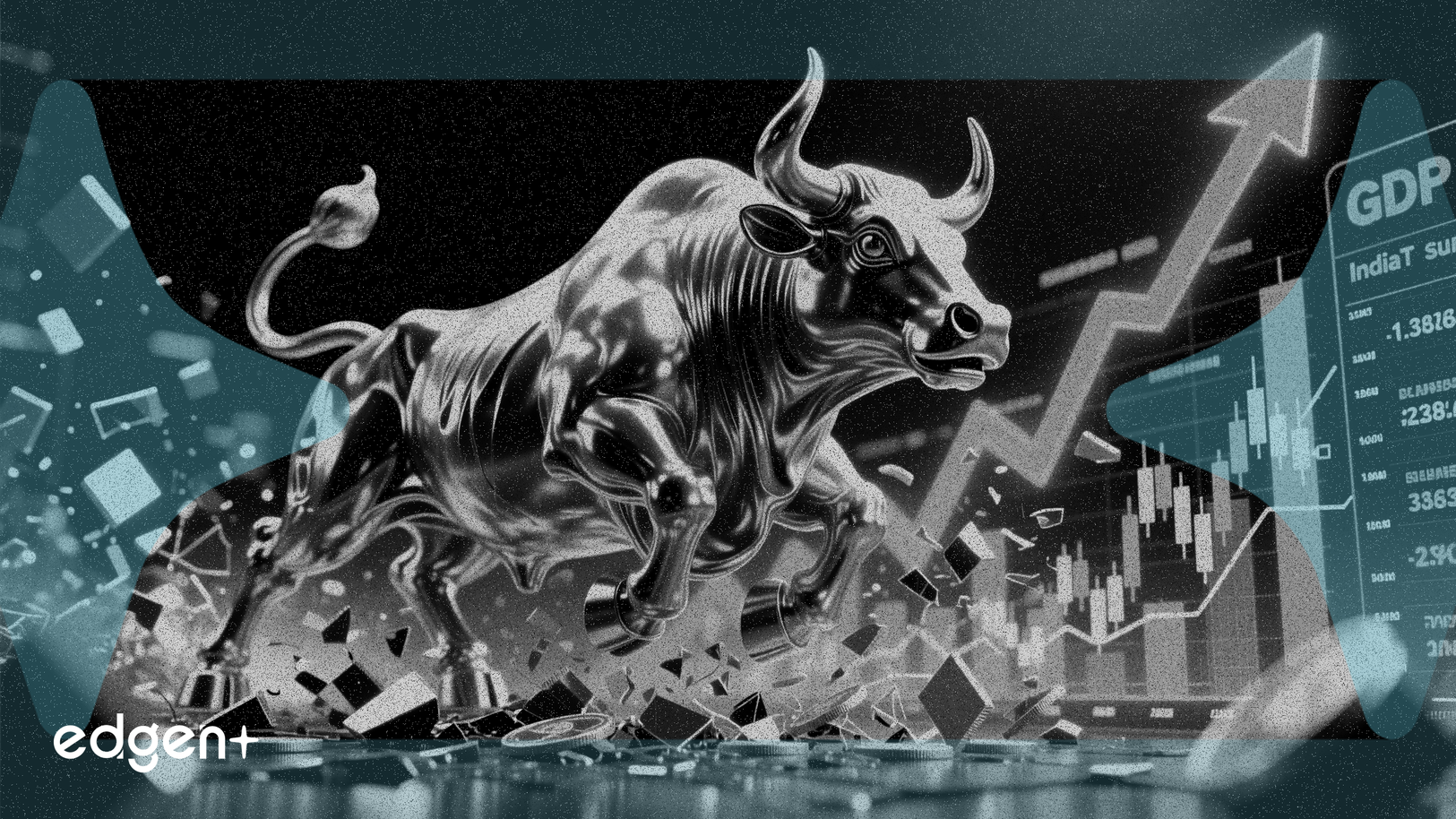Related News

Swedish Government Challenges E-Commerce Platforms Over Illegal Product Listings
## Executive Summary The Swedish government has initiated action against major e-commerce operators, including **Amazon**, after the child protection group **ChildX** filed a police report concerning the sale of sex dolls with a childlike appearance on their platforms. Government officials summoned **Amazon** and other companies to a meeting and pledged to combat the distribution of these illegal products. This event marks a significant escalation in regulatory oversight for global e-commerce platforms, exposing them to heightened legal, financial, and reputational risks. ## The Event in Detail The catalyst for government intervention was a police report filed by **ChildX** against **Amazon** and two other e-commerce sites operating in Sweden. The report alleges that the sale of these products violates Swedish legislation prohibiting material that portrays children in a sexualized manner. In response, Sweden's government publicly committed to addressing the issue and summoned the involved online vendors for a meeting on November 28 to discuss their legal obligations and platform responsibilities. ## Regulatory and Financial Implications Under existing Swedish law, not only the possession of childlike sex dolls but also their distribution is illegal. This legal framework shifts the liability from third-party sellers directly to the e-commerce platforms that facilitate these transactions. The financial risks for companies like **Amazon** include potential fines, litigation costs, and the significant operational expense of enhancing content moderation and product screening systems. This incident underscores a growing ESG (Environmental, Social, and Governance) concern for investors, focusing on platform safety and ethical conduct. ## Market Precedent and Broader Context This situation is analogous to a recent case involving online retail giant **Shein**. After French authorities received reports of childlike dolls being sold on its platform and on **AliExpress**, **Shein** responded by removing the listings, launching an internal investigation, and ultimately banning the sale of all sex dolls globally. This precedent suggests that decisive, self-regulatory action may be a necessary strategy to mitigate brand damage and regulatory penalties. The Swedish case is a key indicator in the broader global debate over platform liability, suggesting that governments are increasingly prepared to hold major tech companies accountable for illegal content and products, thereby challenging the long-held "safe harbor" defenses of digital marketplaces.

AI Investment Fuels US GDP as Bridgewater CIO Warns of 'Dangerous Phase' Ahead
## Executive Summary Greg Jensen, co-Chief Investment Officer of **Bridgewater Associates**, has issued a stark warning that the real artificial intelligence bubble has not yet formed, asserting that investors are underestimating the impending scale of the AI transformation. His commentary comes as economic data reveals that AI-related capital expenditure (capex) is responsible for over half of U.S. GDP growth in the first half of 2025. This intense, concentrated investment has propped up the economy but has also created a fragile environment, with market gains narrowly focused on a few infrastructure providers and raising concerns about systemic risk should this spending contract. ## The Event in Detail According to Jensen, the market has not yet entered the speculative frenzy typical of a major technological shift. Instead, he argues that the world is now entering a "more dangerous phase" of the AI cycle. This next stage is defined by intensifying competition, accelerating capital spending, and an ensuing grab for scarce resources, for which he believes investors are unprepared. This view challenges the narrative that the current AI rally is a simple repeat of the dot-com bubble, suggesting the most volatile period is still ahead. ## Market Implications The economic reliance on AI investment is profound. According to multiple economic analyses, the AI boom accounted for more than half of the U.S. economy's 1.6% growth rate in the first six months of 2025. Stephen Juneau, an economist at Bank of America, noted that AI is "the only source of investment right now," as private business investment excluding AI has been stagnant since 2019. This concentration creates significant economic vulnerability. Jonathan Millar, Senior U.S. Economist at Barclays, estimates that a 20% to 30% decline in the stock market could reduce annual GDP growth by one to 1.5 percentage points, highlighting the economy's growing dependency on the performance of AI-linked equities. ## Expert Commentary **Bridgewater's** internal research supports Jensen's caution, noting that the stock rally has narrowly benefited companies at the center of the AI infrastructure buildout, such as **Nvidia**. The firm's analysis indicates that price increases in key stocks like **Nvidia** have been largely justified by announced capex plans and corresponding near-term earnings expectations. However, it also points out that very little potential upside is priced in for the companies that will benefit from the broader deployment of AI across the economy. This view is echoed by other market strategists who suggest looking toward sectors like industrials and utilities, which are part of the AI revolution but do not carry the same stretched valuations as semiconductor firms. Major technology firms, including **Microsoft**, **Alphabet (Google)**, **Meta Platforms**, and **Amazon**, have announced massive capex plans for data centers and AI hardware, fueling this infrastructure-centric boom. ## Broader Context The current economic landscape is characterized by a growth cycle heavily reliant on a single theme: AI infrastructure spending. While this has driven positive GDP numbers and corporate earnings for a select group of companies, it has also created a precarious economic dependency. The "dangerous phase" articulated by Jensen refers to the potential fallout if these massive capex commitments slow down or if market sentiment shifts. The concentration of gains in a handful of high-valuation technology stocks creates a fragile system where a correction could have outsized macroeconomic consequences, turning a sector-specific downturn into a broader economic drag.

CME Outage Halts Gold Futures as Fed Rate-Cut Bets Intensify
## Executive Summary A significant technical outage at the **CME Group** exchange halted trading in gold futures, freezing the price at **$4,221.30** per troy ounce. The disruption occurred against a backdrop of strengthening bullish sentiment for gold, as market participants increasingly anticipate an interest rate cut by the **U.S. Federal Reserve** in December. The event highlights the intersection of operational risk in electronic trading and powerful macroeconomic forces shaping commodity markets. ## The Event in Detail On Friday, a data center issue at **CME Group** triggered a widespread trading halt across its platform. The outage affected numerous key commodity futures, including **gold**, **silver**, **platinum**, **copper**, and **WTI crude oil**. Gold futures in New York were frozen at **$4,221.30** per troy ounce ahead of the U.S. market open. The incident left traders unable to execute orders or manage positions, injecting a degree of uncertainty and operational risk into the market. ## Market Implications The primary implication of the freeze is the potential for heightened price volatility once trading resumes. While the futures price remained static, the spot gold market continued to trade, with prices hovering around **$4,161.95** per ounce. This discrepancy indicates that the frozen futures price did not reflect the most current market sentiment. The inability for traders to react to ongoing news and macroeconomic data during the outage could lead to a surge of activity and price adjustments when the market reopens. ## Macroeconomic Context: Rate Cut Expectations The trading disruption occurred as gold is poised for a fourth consecutive month of gains. This upward trend is not driven by the outage but by macroeconomic factors, primarily the growing conviction of a forthcoming **Federal Reserve** policy shift. According to the **CME FedWatch tool**, market participants are now pricing in an **84%** probability of an interest rate cut in December, a significant increase from **50%** just a week prior. Lower interest rates decrease the opportunity cost of holding non-yielding assets like gold, thereby boosting its appeal to investors. This sentiment has been reinforced by recent dovish commentary from Fed officials and benign U.S. economic data. ## Broader Context The CME outage serves as a critical reminder of the vulnerabilities inherent in modern, high-speed electronic trading infrastructure. While temporary, such disruptions can have significant short-term impacts on liquidity and risk management. However, the underlying value and price trajectory of gold remain firmly tied to fundamental macroeconomic drivers. The event underscores that while technical glitches can cause short-term market friction, the long-term outlook for gold is being shaped by expectations of central bank policy and its effect on interest rates and currency valuations.
